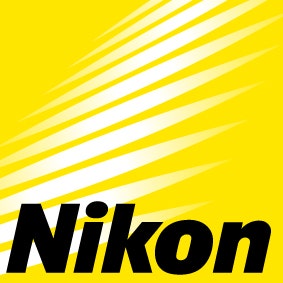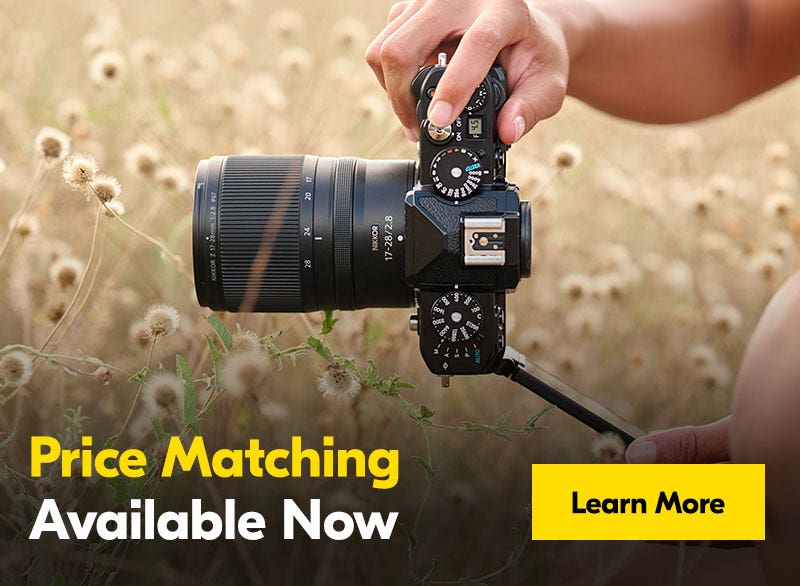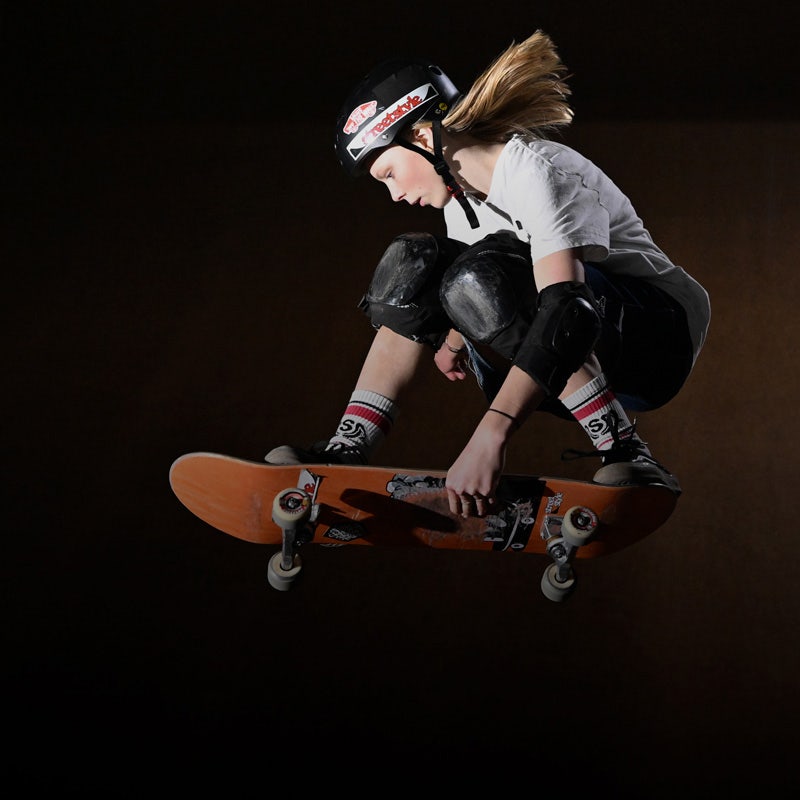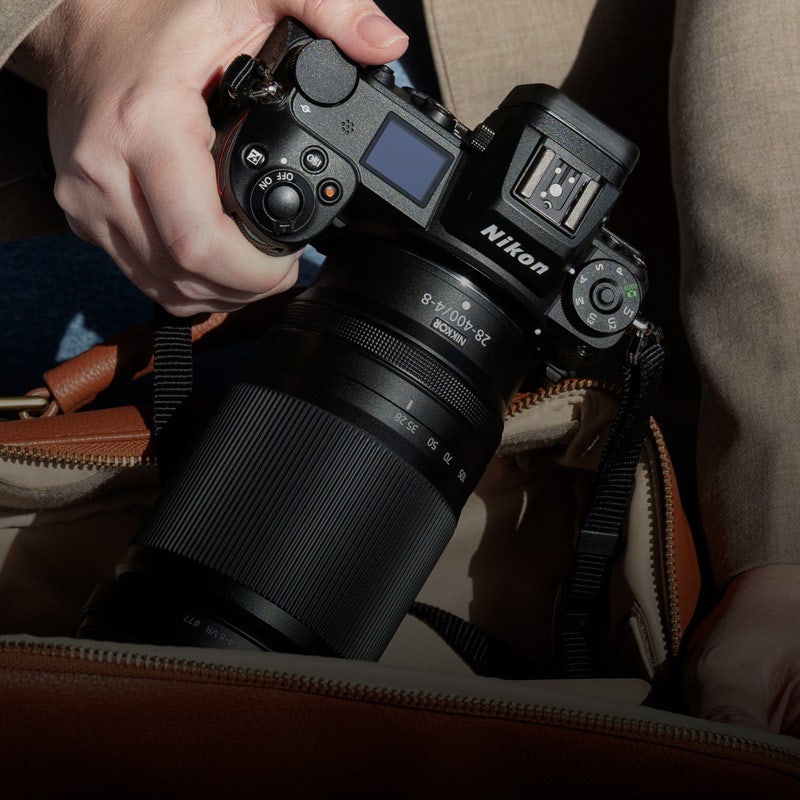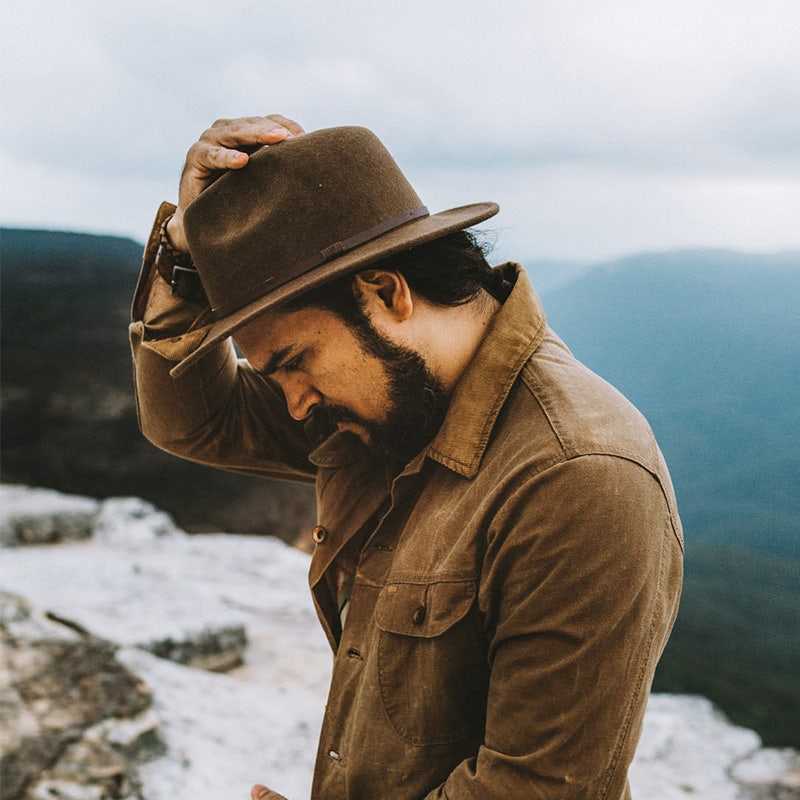Trent Mitchell: A man making his mark on the edge of civilisation.


Trent Mitchell and water are inseparable. The northern NSW-native has gravitated towards the ocean ever since his formative years, so it’s only natural that water and its surrounds became his primary photographic subject.
Mitchell doesn’t merely celebrate the beauty of water movement. His images interrogate the natural world for unseen moments and foreign feelings, asking us to look at what we think we know through new eyes. He’s less concerned with the ‘what’ and more with the ‘how’ and ‘why’, prioritising process over aesthetic preconception.
For over a decade, Mitchell has racked up a slew of awards, including the top Moran Contemporary Photographic Prize in 2015. He has won, placed, and taken home multiple honourable mentions at the International Photography Awards. In 2018, he won the Nikon Australia Surf Photo of the Year. Proudly, Mitchell has garnered success in the trifecta of award-worthy mediums – single image, series and photographic books.
Mitchell is thoughtful, humble and laid back, showing passion and command when discussing process, and reservations when talking about himself. We sat down with him to hear a bit about both.
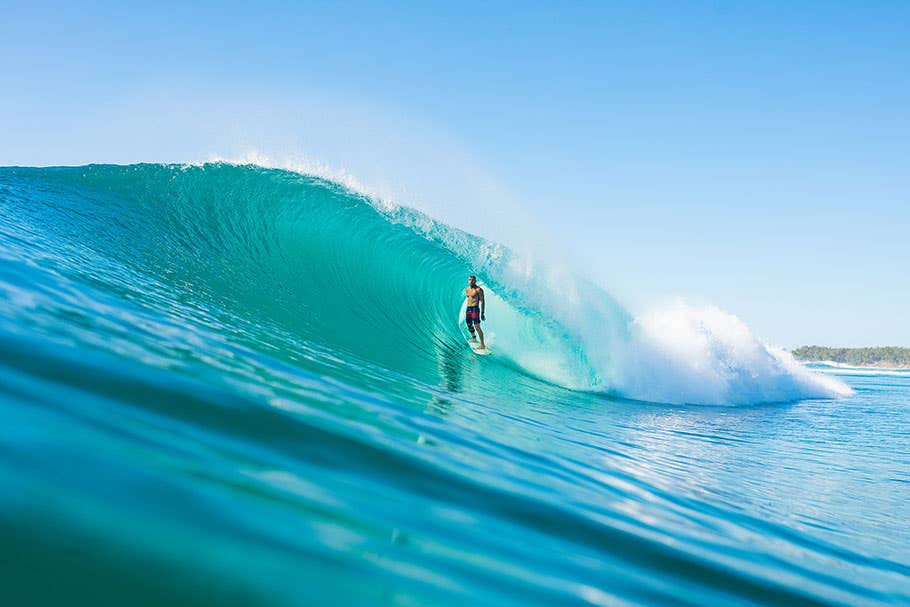

What was your first experience with photography?
I guess it would be when I was taking visual notes for an art class at school. Before that, my only real use of a camera was taking snaps around the house just like anyone else would – using a disposable camera here and there. Mucking around and what not. But the first experience of using a camera as a tool, was in art class.
And by visual notes, you mean…
An example would be recording a landscape so I could go back to class and base paintings off the photos.
When you were taking those visual notes, did you feel any sense of pull towards photography?
My photos were horrible. They were really bad. Shocking. I did ask my teacher; how can I make my photos look like this? And by this, I was probably referring to someone like Peter Lik. His photos were full of colour, used long exposures and were shot on film, and here I am walking down to the beach in the afternoon without a tripod, without anything, and I’d end up saying “why don’t my picture’s look like that guy’s”? [chuckles].
My teacher explained to me a about film, exposures, time, lenses – not in depth, just in a nutshell. But it was enough to show me that the kind of photography I was comparing mine to was a whole different ballgame. So, I really didn’t think about it for a couple of years after that point.
At what point did you begin exploring photography again?
I bought a second-hand Nikon FM2 and a water housing around two years out of school, and started playing from there.
I read The 35mm Handbook, I think it’s called. I read many other books. I learned about all the different techniques. At the time, I didn’t have any photographer friends, so all I had were the books and the ability to go out there and play.


What was it that made you want to read those books and go out and play?
It was partly due to the difference between painting and photography. I never really finished my paintings. Photography is over when the picture is taken, at least to a degree. I was attracted to that immediacy. I liked that you had to get a lot of it right all at once. If it works it works and if it doesn’t, you move on and go again. Rather than putting weeks of time into something and then stuffing it up somehow.
Can you tell us a bit about your journey from that experimental phase and now, where you’re an established photographer?
As I was learning, I gravitated towards people that were into photography. Once I put it out there that I was into it, old mates came out of the woodwork and I was like “you’re into photography too?”. We’d hang out and learn from each other.
While I was taking pictures and getting some published in magazines, I was studying graphic design. I liked fusing photography and graphic design. Still, though, I never thought photography would become my job – I thought I’d end up a product or graphic designer.
But when I’d create products and take photos of them, my teacher would say “oh, they’re really good”. I got these little seeds of encouragement along the way. I began designing catalogues for small brands, then progressed to taking pictures for those catalogues.
Basically, no matter what I was doing in the design world, photography was always there as an underlying skill, ticking over. I got a design job with a publishing house that put out surfing and action sport magazines. I had this little book of my photos that came in handy when I was working with editors and they needed images before a deadline. Sometimes I’d take photos for them. My book got bigger. I stopped doing design and went into photo-editing.
This helped me connect with the outside world more. With design, I was sitting at my desk being fed information. With the editing role I was connecting with people across the planet.
Before I knew it, I was submitting photos to international magazines. I was meeting people from all different kinds of companies.
This is still pretty early on in the journey [chuckles]. But basically, I left that photo-editing job to freelance and I’ve been a freelancer ever since.
So yeah, that’s it! [laughs heartily].


If your work is any indication, water is up there. What attracts you to it?
I grew up at the beach. Bodyboarding, travelling the world, chasing waves. Doing all that fun stuff around the ocean and seeing how amazing it was. A big part of that is waking up well before the sun’s up. I guess, I really do look at what’s happening around me. It’s not about “oh, that’s a nice sunrise”, it’s more “oh, how is that happening?”. I’m curious about all of that kind of stuff – and it was mostly around water.
I liked the idea of shooting water photography and when I started doing it, I’d always end up in these places, bobbing around in the ocean, and I discovered it was nice quiet time. I read something the other day that summed it up quite well. Something like: “the water’s edge is where civilisation ends”. And I do like that when you’re in the water, manmade things and everything else are “over there”. All that noise. It’s just a nice place to unwind and connect with nature. It’s a nice meditative place to create from as well.
When you say you’re less concerned with what looks pretty and more interested in how something is happening, are you referring to natural phenomena?
Yeah. Watching water move with beautiful light and all that energy is really fascinating to me. I liken it to staring into a campfire. That kind of feeling. You’re watching this source of light that moves and has power and makes you feel small. A fire makes you move back but you kind of want to get as close as you can. That weird tension.


That brings me to the practice of capturing the movement of water - can you talk a bit about that process?
I think capturing movement goes hand in hand with the subject. The fundamental thing to remember is that everything happens once only. In that space, you can never recreate the same moment ever again. So, you need awareness of what’s happening.
Then, much like a landscape photographer, you need to be looking at forecasting conditions, as it determines light angles and whether you can get, say, that perfect shaft of light that you’re looking for. It’s all so fleeting.
On one hand, there’s the fact that you never want to miss the shot. And on the other, there’s the fact you never really know what’s coming. Patience, persistence and hope are three big things that come into play.
I can give you an example. Just yesterday, I spent about three hours in the ocean, waiting for these waves to do their thing, and maybe only five waves did it that entire time. I probably went under 200 waves over the three hours, but just sensed that it was all going to come together soon. I had to wait, I had to keep pushing through. My feet have cuts all over them today. I’ve got a neck rash. I’m sunburned. But I stuck it out.
When you say you were waiting for the waves to do their thing, does that mean you had a sense of what you wanted to capture?
Yeah. You have a general idea. A huge part of ocean stuff is knowing where to be at the right time. There are so many elements. The tide, swell, wind, current, time of day, time of year. The waves are moving. You’re moving in the ocean. So, you’ve got a moving subject and a moving camera. You’ve definitely got to have some kind of idea, as you’ve basically got 360 degrees of variables happening all at once. Without a bit of a plan, it’s pot luck.




Can you tell us a bit about how your work explores the relationship between natural and manmade elements?
My land-based stuff was initially centred around the ocean. I found myself in these places where there were a lot of juxtapositions that I found to be…funny. There are two sides to my photography, I guess. The land-based side is a bit of a nod to topography and advertising and design – where I get some enjoyment of poking fun at the manmade, in a way. I find little moments here and there.
An example of that kind of thing is my series ‘Australia Seriously’ (I hate that title. I had to name an exhibition one time and only had 24 hours to come up with something) is a bit of a nod to what I grew up around. It’s nostalgic, fun and light-hearted stuff.
Did where you grew up have an impact on your photography?
Yeah, it definitely did. I grew up in Mona Vale and was at the beach before and after school. I would holiday on the Central Coast of NSW at a place called Budgewoi and that was a real contrast to where I lived.
You know when you’re living at home and your world is about that [brings his hands together to signify a small area] big? As big as your parents allow it to be? Budgewoi expanded my idea of what Australia was. All those experiences are indirectly referenced in that ‘Australia Seriously’ series. A lot of my other work has come off the back of that. That tone and imagery.


Your bio says you take a narrative approach to your work. What does that entail?
I guess what it means is that I try to pack as much information into the frame in order to tell a story, and then I also tell a story over the course of a series. In a single image, that story can be about creating a feeling or pondering questions in a singular way, but then over a series or longer body of work, that story can take on a broader meaning or sense.
Over a series, you can really build a story. My latest book –Inner Atlas– is a conceptual story about the ocean being a fountain of youth. You wouldn’t know there was a story there unless you really picked it apart, but I basically had a man entering the sea and coming out a boy, and charted his journey of connecting with the ocean.
You work with both digital and film. Can you tell us about your experience with both?
I still like to use both. I haven’t stopped using film. A few years ago, many people dropped film. I never did because I love that process – and to me, it’s all about the process. I love the feeling of the images that film captures, I love that you can shoot a bunch of stuff and leave the negatives for a couple of years and come back to them. I like that long-burn approach.
But then digital is also amazing. In my latest book I use both digital and film because I couldn’t shoot a lot of the photographs the way I wanted to on digital, and then with some shots, I still needed the instant feedback that digital provides. If I had shot it all on film, I’d probably still be working on it.
And once the results were put side by side on the page, how did they end up working together visually?
Perfect. Everyone thought I’d shot it all on film. I can see the difference clear as day, but others can’t see it. But that’s because I know.
Can you articulate what you got out of film that you didn’t get out of digital and vice versa?
For sure. A lot of the time I point my camera into the sun and I still think that film renders light bleeding from highlights into midtones, and flares, and light on water in a way that digital can’t. Digital is too sharp, too abrupt, and I often find myself try to soften it up to get rid of that edge. I don’t put any sharpening on my digital images at all.








Can you tell us about your experience of shifting to mirrorless and more recently, your first impressions of the NIKON Z 9?
I’ve been dabbling in mirrorless for ages. Both mirrorless and DSLRs still have their place, but mirrorless cameras like the Z 9 are just really good for what I do. The high framerates, autofocus. And then if I’m working on set as a still photographer, I’m that much less annoying thanks to the silent shutter.
When it comes my first impressions of the Z 9… [thinks]. If I say what I really think it will sound like I’m trying to sell it [laughs]. But honestly, it feels like the most robust mirrorless camera I’ve used. I feel confident using it and it’s the kind of camera that allows me to get shots that I wouldn’t be able to get otherwise.
And you were one of the first people to go underwater with the Z 9?
That’s the rumour. I was one of the first people in Australia to get a Z 9, in the first batch. I had it for two days and it went directly to my water housing guy. He finished the housing in about 10 days.
I just knew as soon as I unwrapped it. I shot with it for a couple of days, packed it back up and sent it off. I was told I was definitely one of the first people in the world to shoot underwater with it and I happily went along with that story [laughs].
How did it fare underwater?
Face detector and eye detector worked perfectly, and I shot in low light too. So, I mean, the performance was amazing. Then, top side water stuff, shooting 20 frames per second, I was getting images that I couldn’t have otherwise because everything moves so quickly. I was literally getting shots back that I always missed with my DSLR because it wasn’t picking up those split seconds of the ocean moving at 20-30kms an hour. Now, I’m getting all these interesting textures in the moments before waves block the lens – textures that in my head I always wanted to capture but never could.


Can you offer any advice to photographer’s still finding their voice or preferred subject?
I know it’s a cliché, but try to listen to your intuition as much as possible. Don’t ignore that. Follow your natural curiosity without too much outside influence. And that’s one of the biggest battles, figuring out what’s outside influence and what’s coming from you. Once you can identify that, don’t ignore it.
There’s so much visual and chaotic noise out there, it’s really hard, so trying to find your voice is really tricky. One way to get there is to reduce your visual options. Take a social media detox. Just pick up a camera and follow your gut feeling.
If we were to peek in your gear bag, what would we find?
NIKON Z 9
NIKKOR Z 50mm f/1.2 S
NIKKOR Z 28-75mm f/2.8
NIKON Mount Adapter FTZ II
NIKON D850
NIKKOR 20mm f/1.8
NIKKOR 24mm f/1.8
NIKKOR 35mm f/1.4
NIKKOR 56mm f/1.4
NIKKOR 85mm f/1.4
NIKKOR 105mm f/1.4
NIKKOR 300mm PF f/4 VR
NIKKOR 200-500mm f/5.6E ED VR
What does the future hold for you and your craft?
I guess, keep trying to keep things interesting and entertaining for myself. That’s about it. I have two projects I want to finish off into books. I wouldn’t mind exploring the NFT world a bit more. I’m also at the very beginning of figuring out my next project. That’s a journey in itself. I’ll just see what happens. It’s a can of worms. I don’t know. Follow left foot, right foot, work through it. That’s how my last book started, so just going again. Probably end up water-related [laughs]. Who would have guessed?
